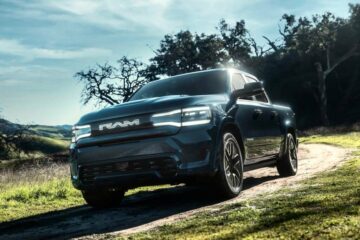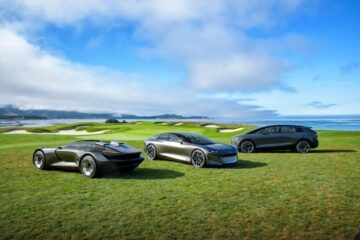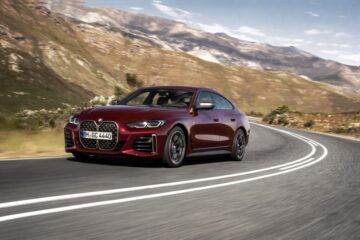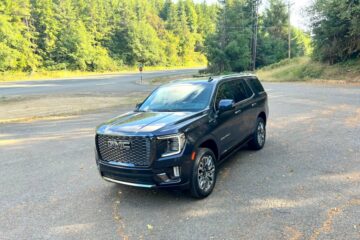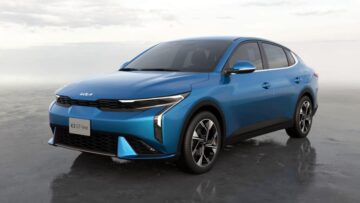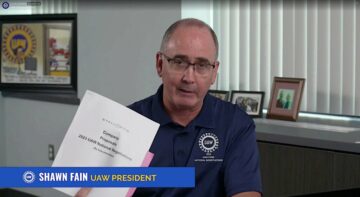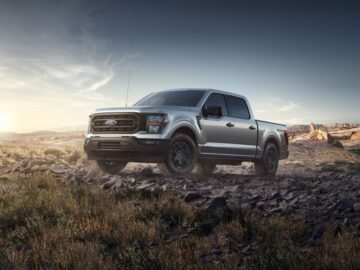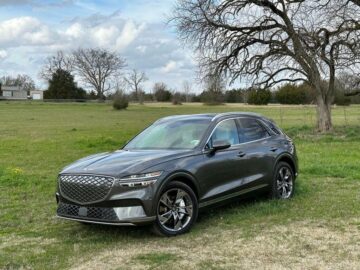Ford Motor Co.’s recent earnings report brought to light collection of problems the automaker failed to deal with effectively — problems that have it $8 billion behind competitors, and despite this deficit, the company expect to achieve 8% profit margins on its electric vehicles by the middle of the decade.
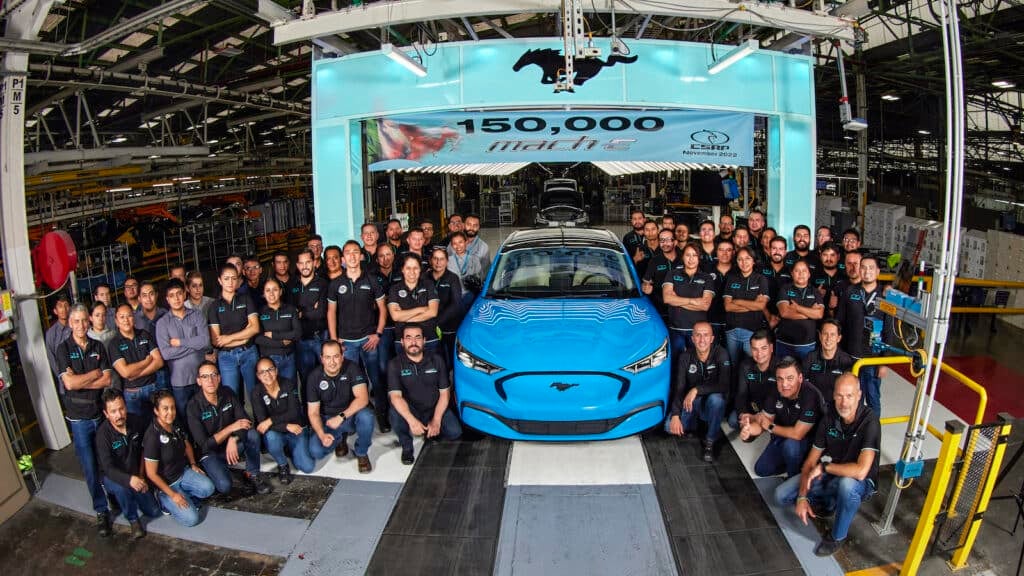
CEO Jim Farley and CFO John Lawler sat down early Wednesday for a conference held by Wolfe Research where the pair outlined how the company got into an $8 billion hole and how it will get out of it en route to 8% margins on its EVs within the next few years.
The company lost $2 billion due to problems with its supply chain in the fourth quarter of last year, but there were an additional $3 billion in unnecessary structural costs due to inefficiency, especially in engineering, CFO Lawler noted. In the past, Farley noted, the company cut costs — often with staff cuts — but failed to solve the problems that led to the bloat so problems crept back.
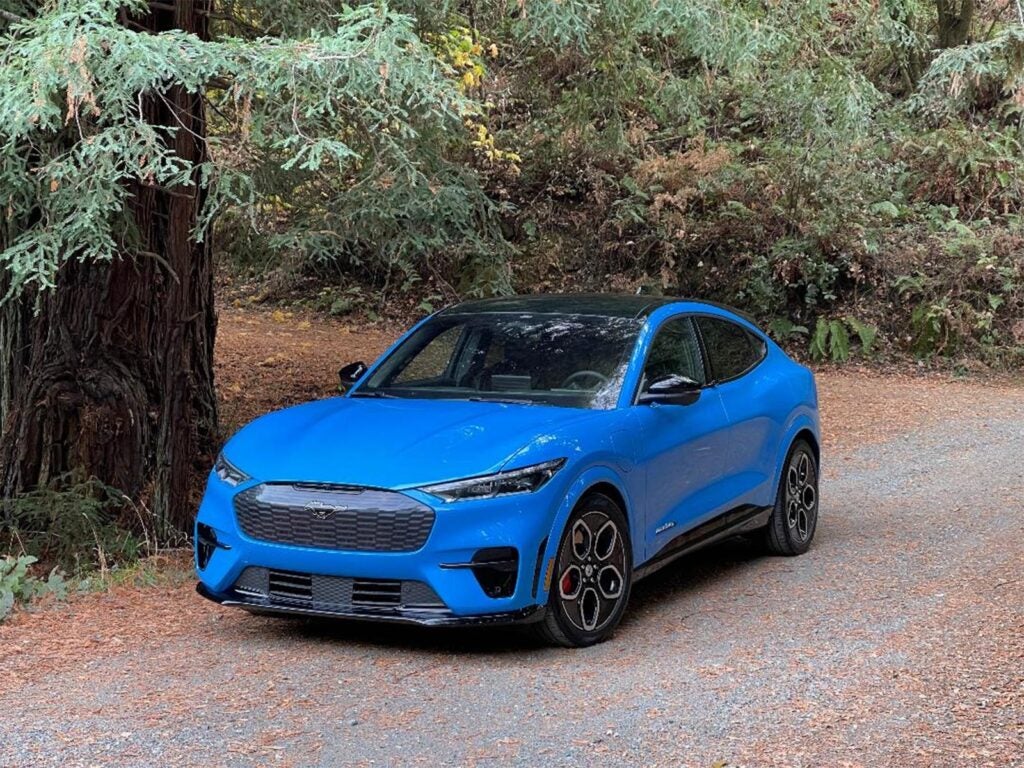
“The reality is if you don’t change the efficiency of engineering, supply chain and manufacturing, the basic work statement, the way people work, the efficiency of that,” Farley said, “It’ll grow back because it did it all grow back.
“And my job as CEO is to make sure far after I’m gone that it doesn’t grow back. To do that, we decide as a team to make a more fundamental change than just what we have to do cut the output’s costs, but the most important change — we’re making that we’re deep into now, by the way — quality and cost can be solved by the same approach is to go into the company and literally change the behaviors on how we engineer something, how we source it, and how we build it.”
Better designs means lower costs
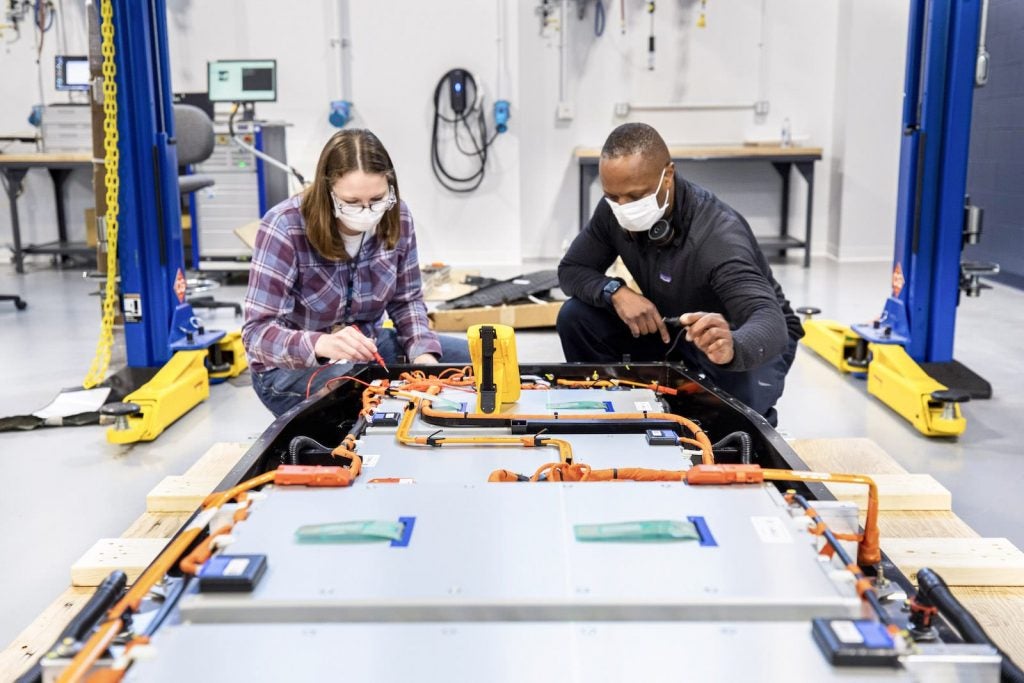
Farley and Lawler both stressed significant savings would come through better engineering and that has a trickle-down effect. Farley pointed to an example he’s mentioned previously about using wiring harnesses that were 1.6 kilometers longer than necessary for the Mustang Mach-E. Additioally there was three times more piping used for the cooling system than necessary.
He noted there were 50% more fasteners than needed so the engineers have redesigned the platforms for the next version of the Mach-E and other vehicles to reduce complexity and, by extension, the reduces the costs because fewer components are needed. This lowers labor costs because if you have fewer components, you don’t need as many workers to assemble the vehicle.
Additionally, fewer components also reduces weight, which allows for lower-cost batteries because the vehicle’s range improves due to the fact it’s lighter. In short, one change can cascade into savings in many other areas. Those savings and cost reductions are eventually what get Ford to an 8% profit margin on its electric vehicles by the middle of this decade.
“We have a brackets group,” Farley said. “We have hundreds of engineers who make brackets. If you want to make 8% margin on the EV, there’s no bracket group.” He noted brackets used in EVs now must perform at least three functions whereas on the company’s ICE-powered vehicles, they can do one job, noting, “It’s a different world.”
- SEO Powered Content & PR Distribution. Get Amplified Today.
- Platoblockchain. Web3 Metaverse Intelligence. Knowledge Amplified. Access Here.
- Source: https://www.thedetroitbureau.com/2023/02/ford-looks-to-secure-big-margins-on-evs-cut-8b-in-costs/
- $3
- 000
- 1
- 2022
- a
- About
- Achieve
- Additional
- After
- All
- allows
- and
- approach
- areas
- back
- basic
- batteries
- battery
- because
- behind
- Better
- Big
- Billion
- Bloat
- brought
- build
- cascade
- ceo
- cfo
- chain
- change
- collection
- come
- company
- Company’s
- competitors
- complexity
- components
- Conference
- cooling system
- Cost
- Costs
- Cut
- cut costs
- cuts
- deal
- decade
- deep
- DEFICIT
- designs
- Despite
- Development
- DID
- different
- Doesn’t
- Dont
- down
- Early
- Earnings
- earnings report
- effect
- effectively
- efficiency
- Electric
- electric vehicles
- engineer
- Engineering
- Engineers
- especially
- EV
- eventually
- example
- expect
- expensive
- extension
- Failed
- far
- few
- Ford
- Fourth
- from
- functions
- fundamental
- get
- Go
- Group
- Grow
- Held
- Hole
- How
- HTTPS
- Hundreds
- important
- improve
- improves
- in
- IT
- Jim
- Job
- John
- labor
- Last
- Last Year
- learned
- Led
- light
- lighter
- longer
- LOOKS
- make
- Making
- manufacturing
- many
- Margin
- margins
- max-width
- means
- mentioned
- Middle
- more
- most
- Motor
- necessary
- Need
- needed
- next
- noted
- ONE
- Other
- outlined
- Park
- past
- People
- perform
- Platforms
- plato
- Plato Data Intelligence
- PlatoData
- previously
- problems
- produce
- Profit
- quality
- Quarter
- range
- Reality
- recent
- reduce
- reduces
- report
- research
- Route
- Said
- same
- Savings
- secure
- Short
- significant
- site
- smaller
- So
- SOLVE
- something
- Source
- Staff
- staff cuts
- Starting
- Statement
- structural
- supply
- supply chain
- system
- team
- The
- this year
- three
- Through
- times
- to
- use
- vehicle
- Vehicles
- version
- Wednesday
- weight
- What
- which
- WHO
- will
- within
- Woods
- Work
- workers
- world
- would
- year
- years
- zephyrnet

